Overview
Map
Other Details
كنيسة سيّدة الورديّة
Hrajel
Keserwan
Mount Lebanon
كنيسة سيّدة الورديّة - حراجلعام ١٧٢٢، بُنيَت كنيسة سيّدة الورديَّة على أنقاض معبدٍ وثنيّ. وفي العام ١٨٢١، بُنيَت كنيسةٌ أكبر حول الكنيسة القديمة. ولـمّا انتهى البناء هُدمَت الكنيسة القديمة، وكان ذلك في العام ١٨٦٢. العام ١٩٥٥ وُسِّعت الكنيسة وأُضيف عليها قسمٌ جديدٌ وأصبَحَتْ على ما هي عليه اليوم. اللوحة التصويريّة من عمل كنعان ديب الدلبتاوي.The church of Our Lady of the Rosary - HrajelIn 1722 the first church was built over the ruins of a pagan temple. In 1821 a bigger structure surrounded the old church and totally replaced it in 1862. In 1955 the church took its final form. The painting over the main altar is the work of Kanaan Dib.
Visited 2579 times, 8 Visits today



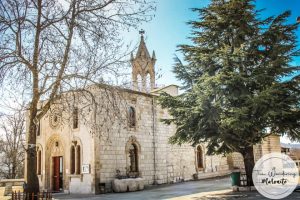
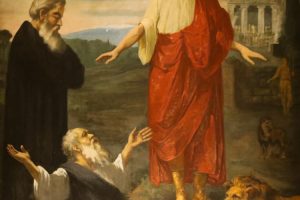
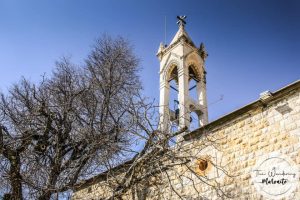
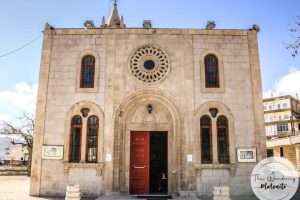
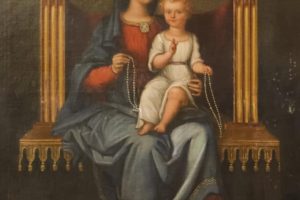
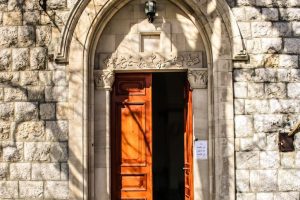
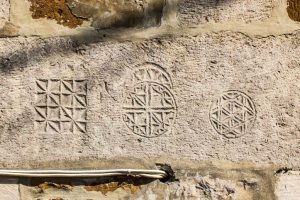
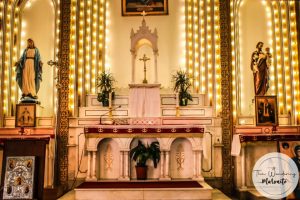
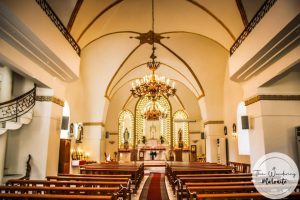









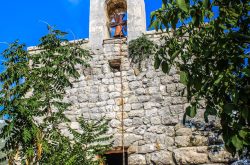
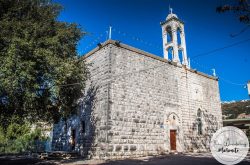
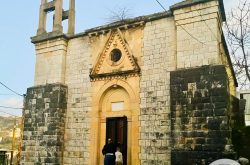
Reviews are disabled, but trackbacks and pingbacks are open.